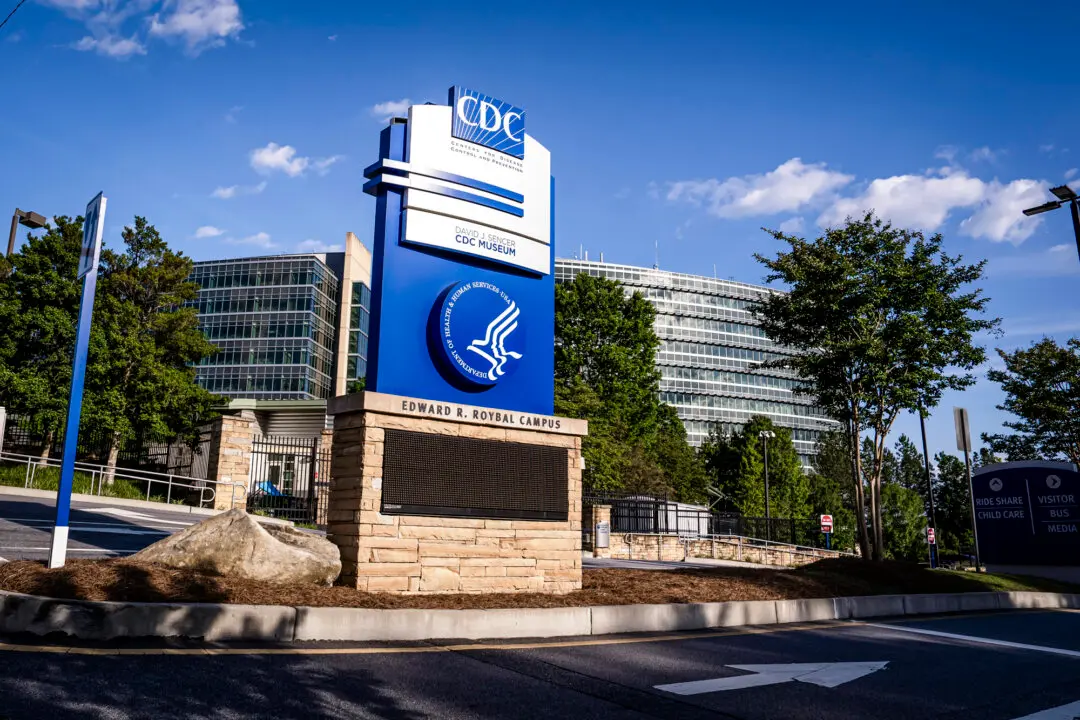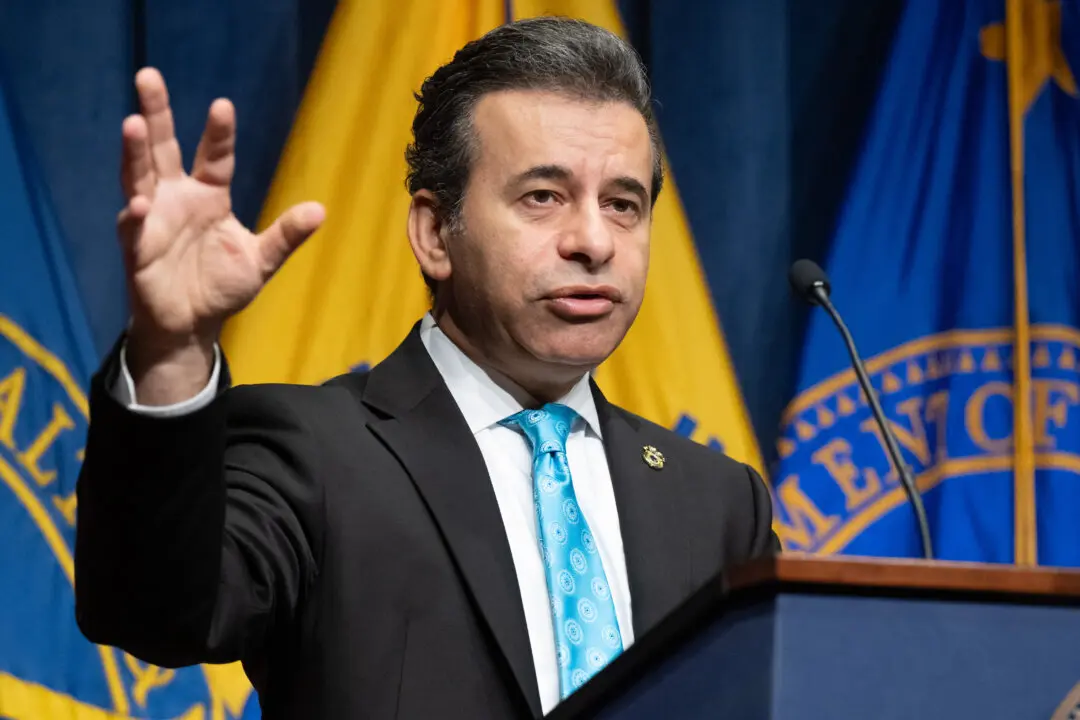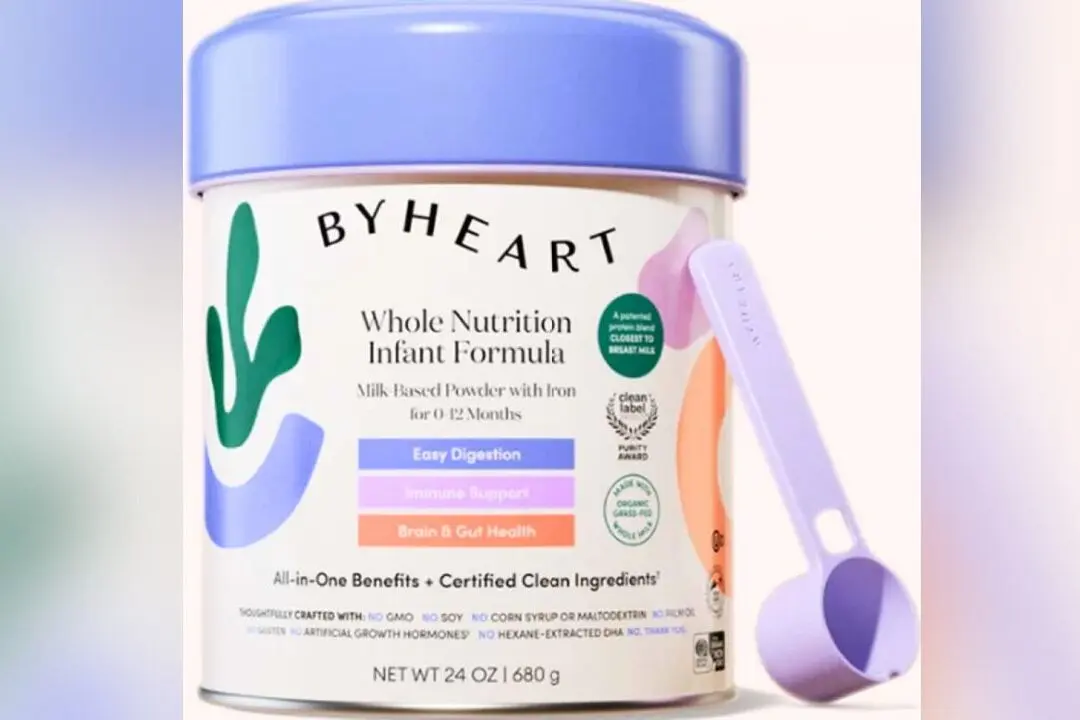Three out of four children in the United States have had COVID-19, along with more than six in 10 young adults, according to new estimates.
Research from the Centers for Disease Control and Prevention (CDC) found that only a quarter of children 17 and younger have no signs of having had COVID-19.





